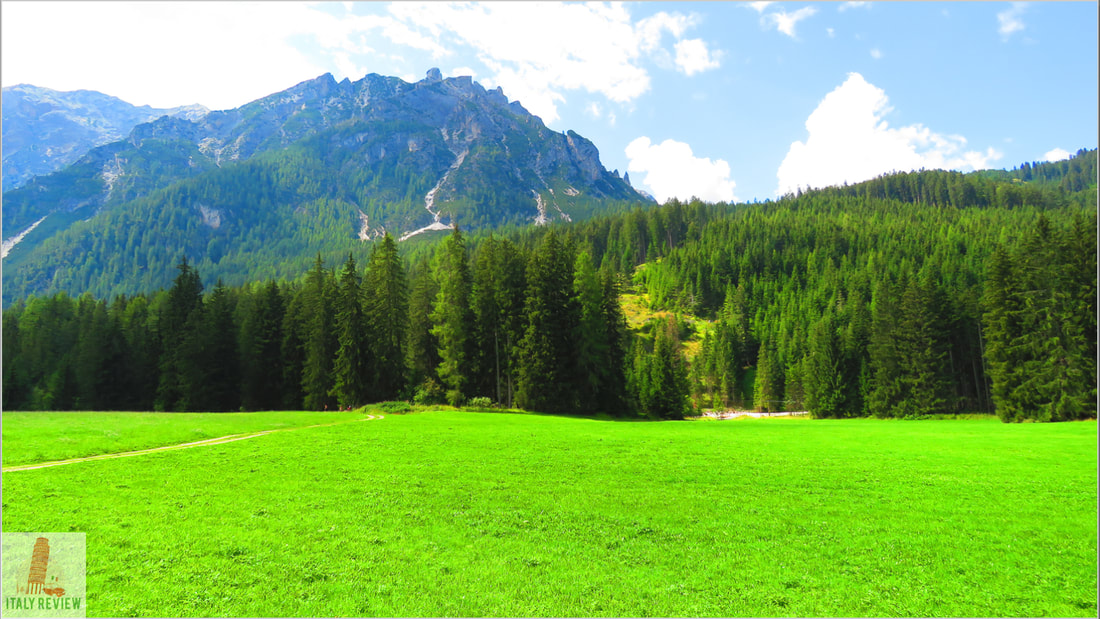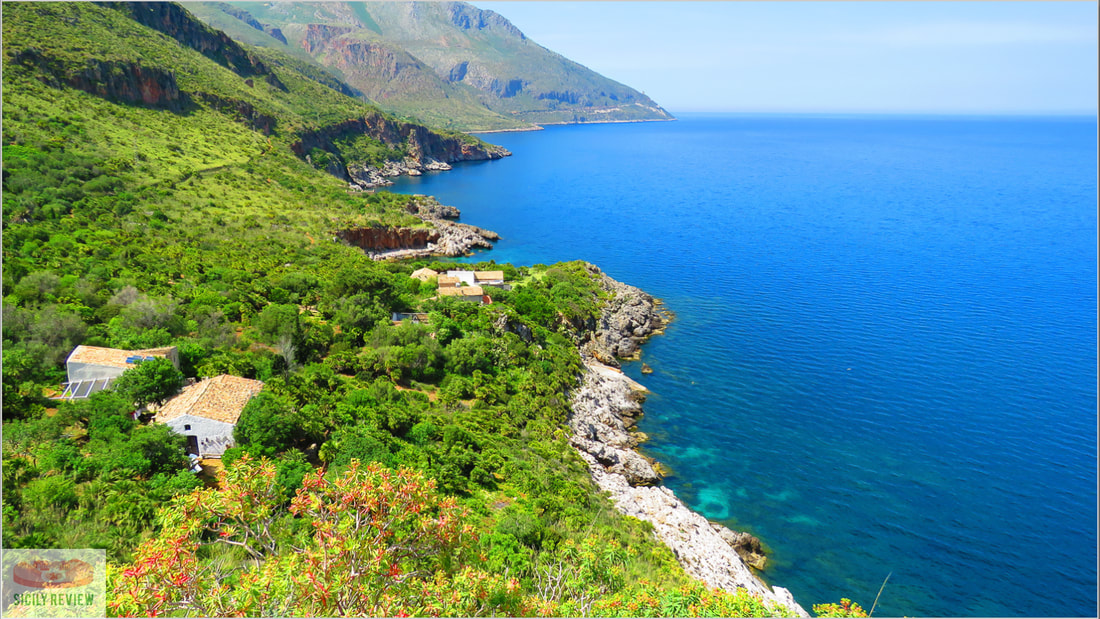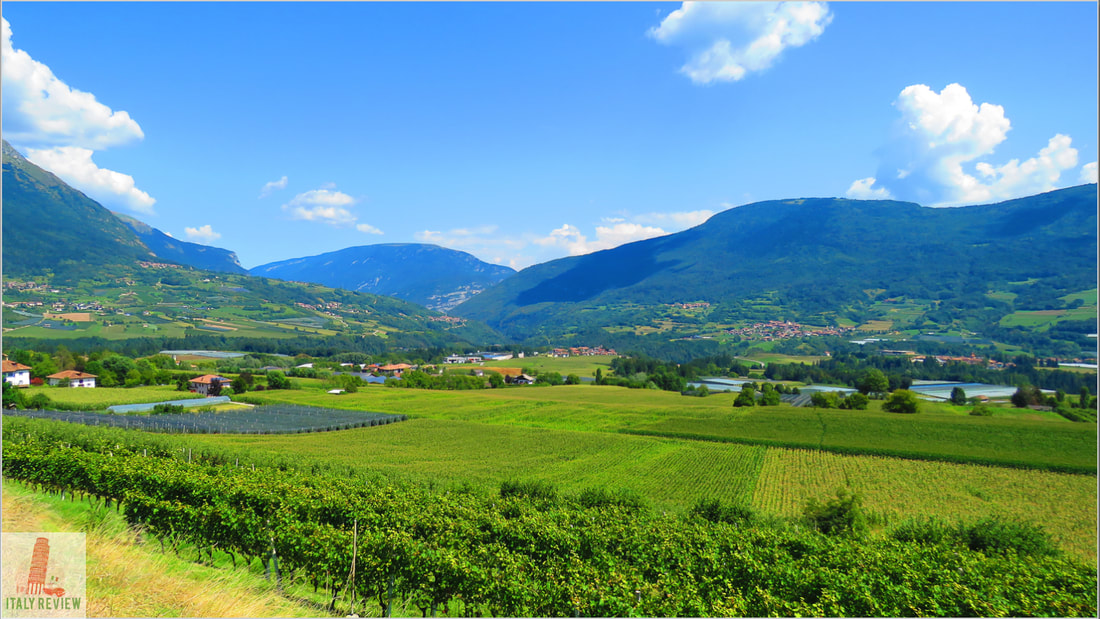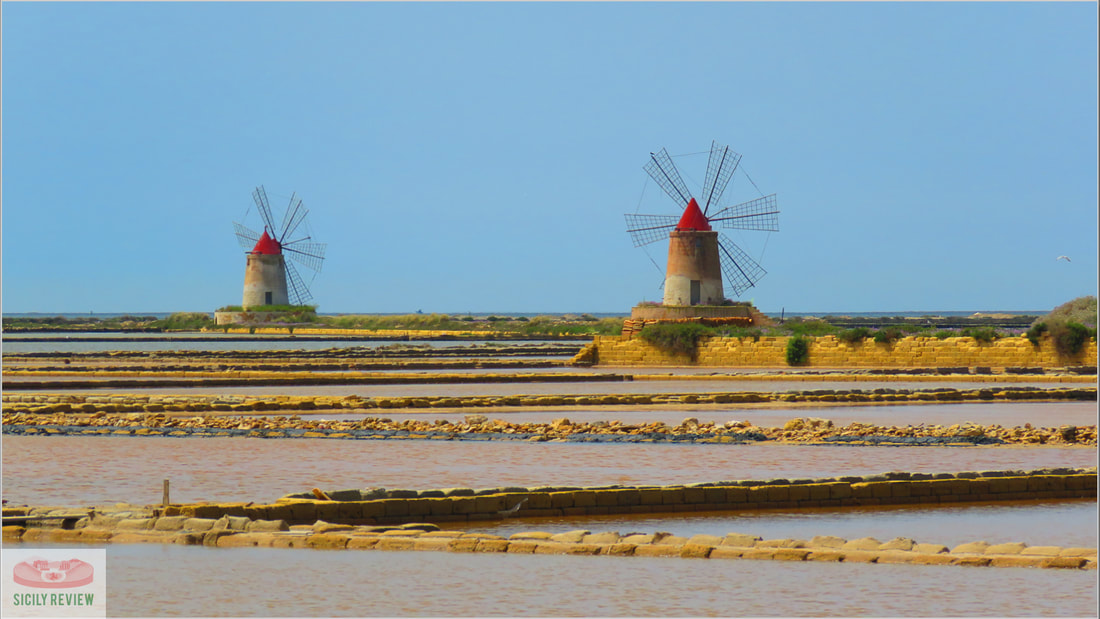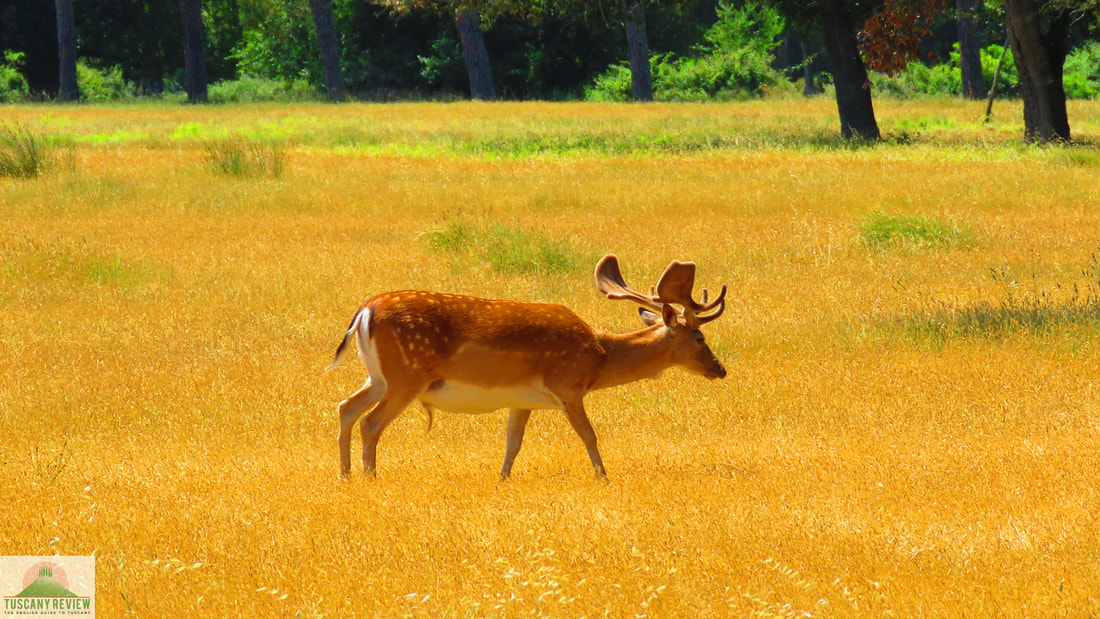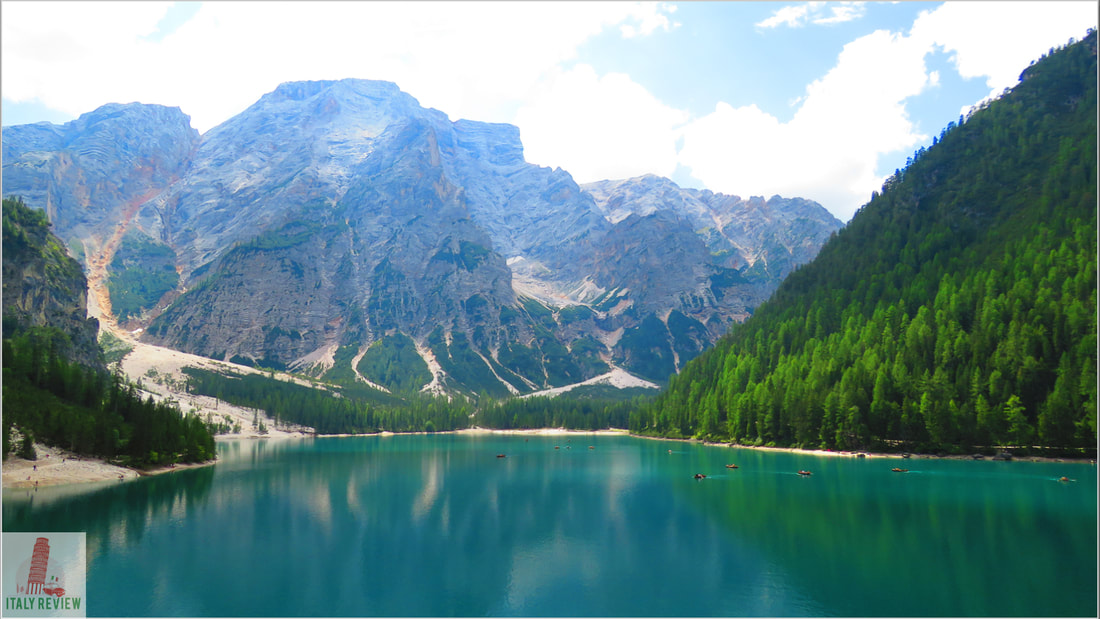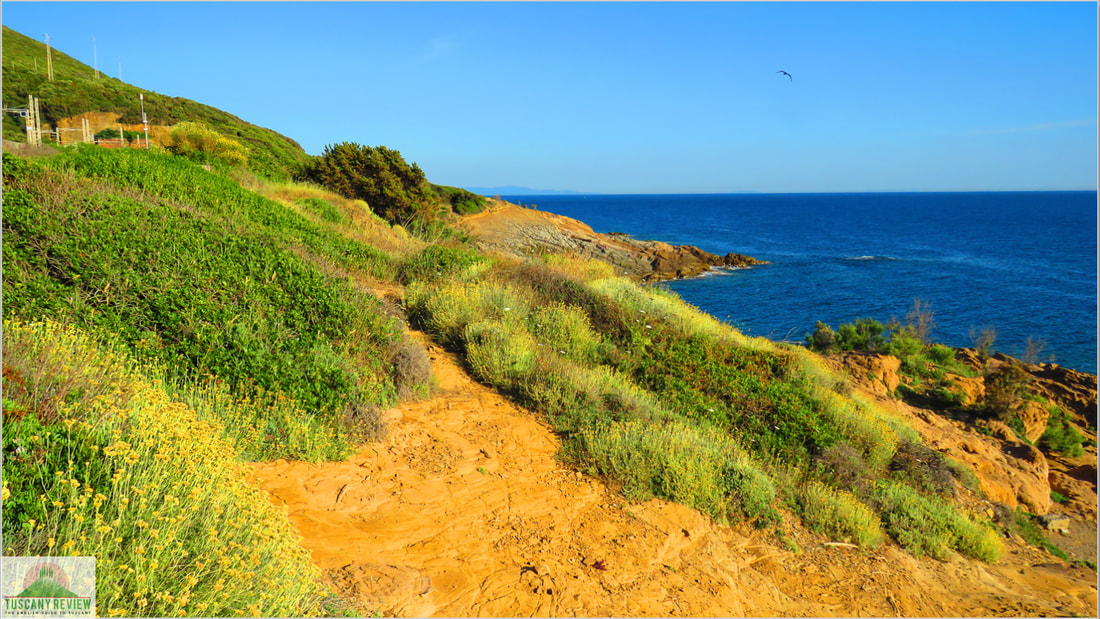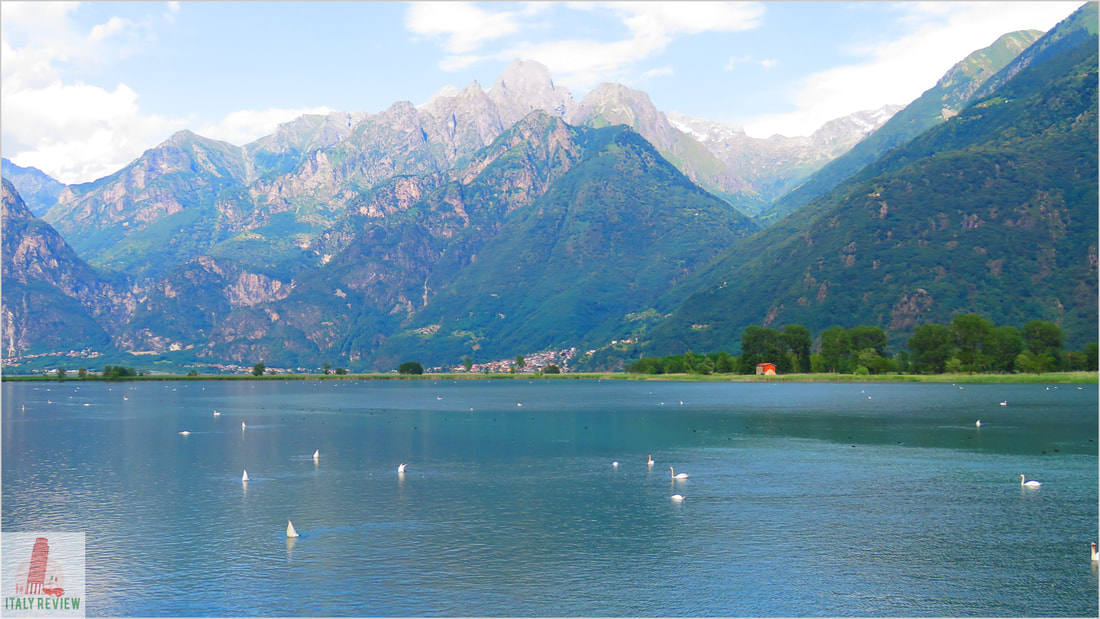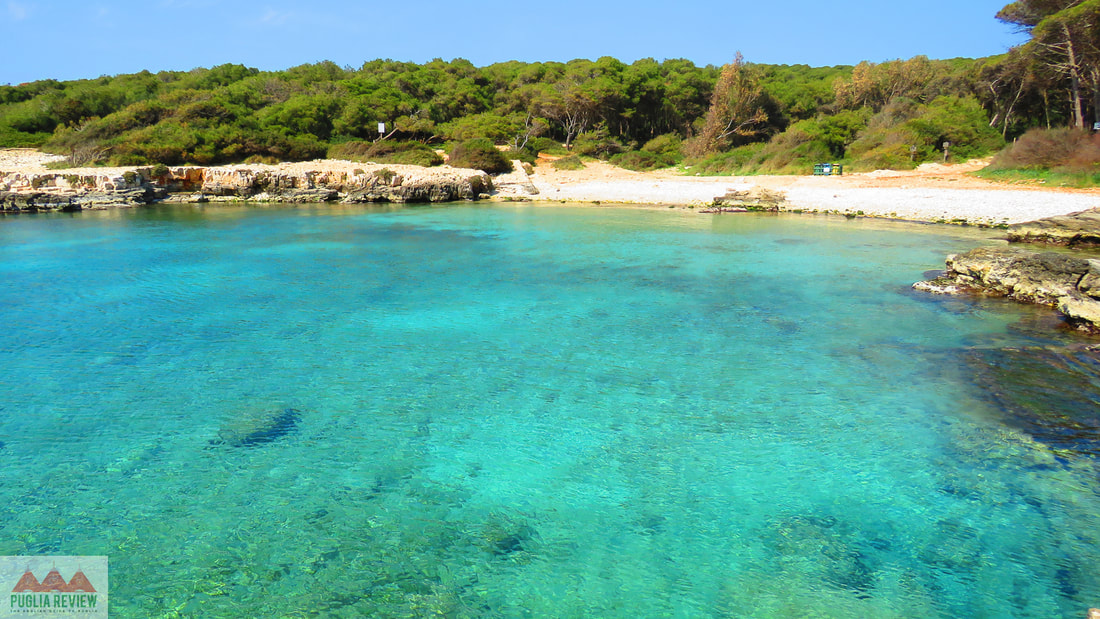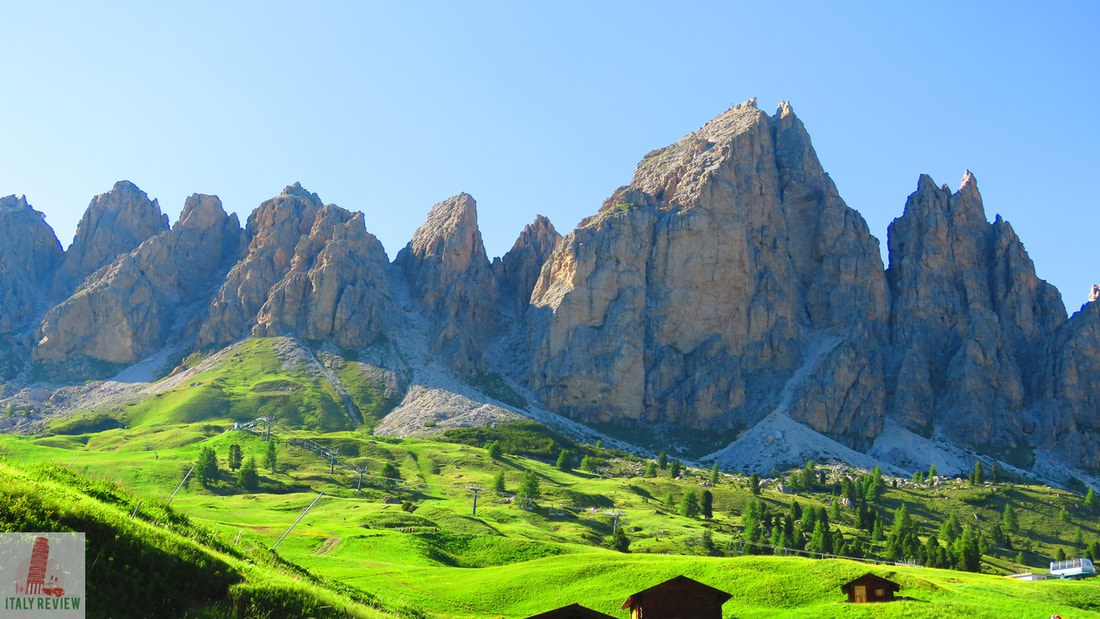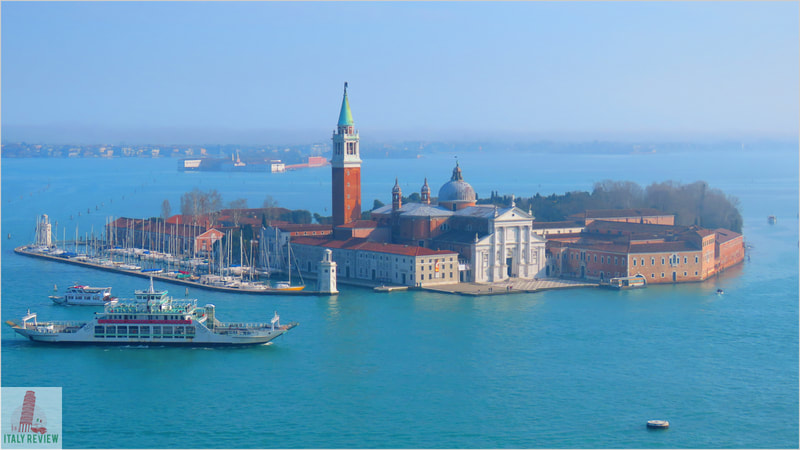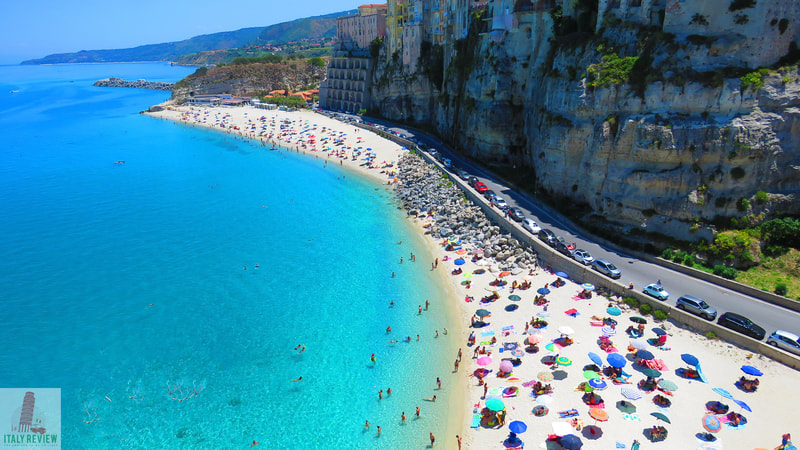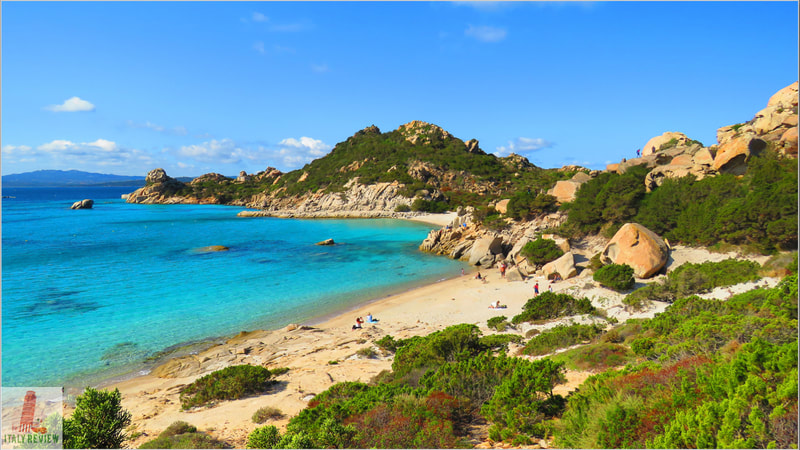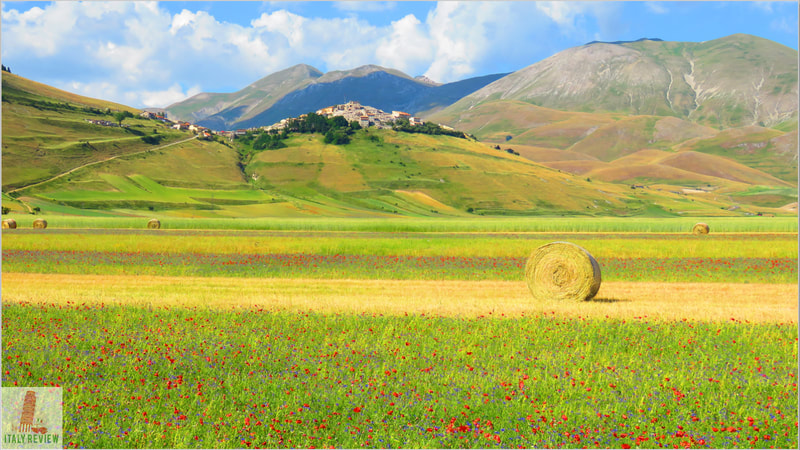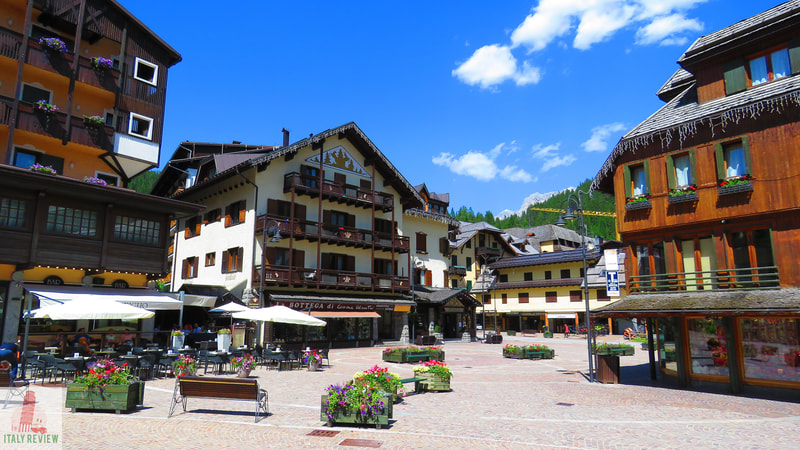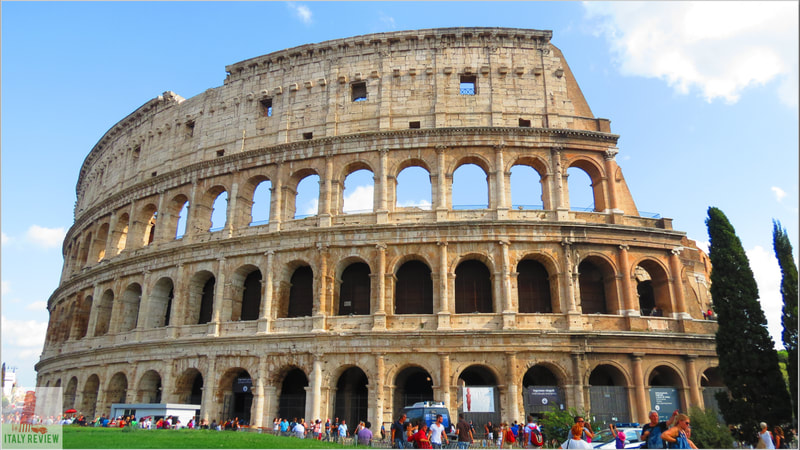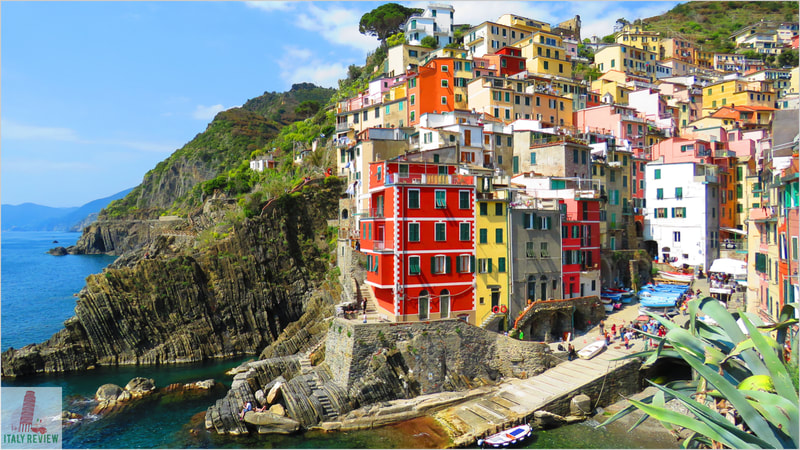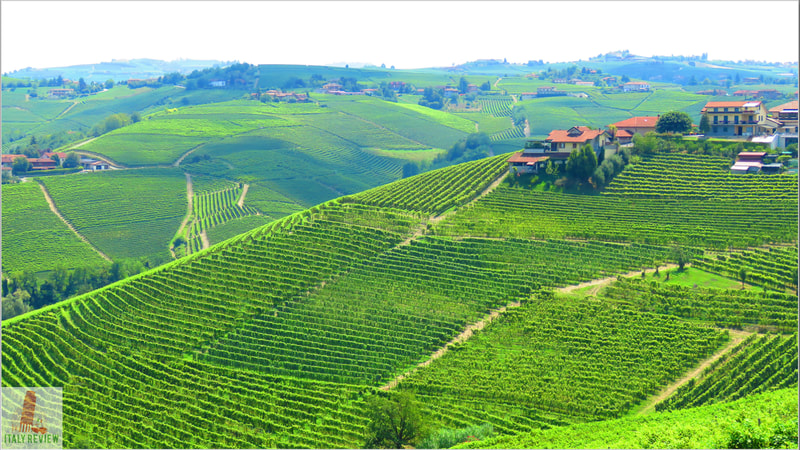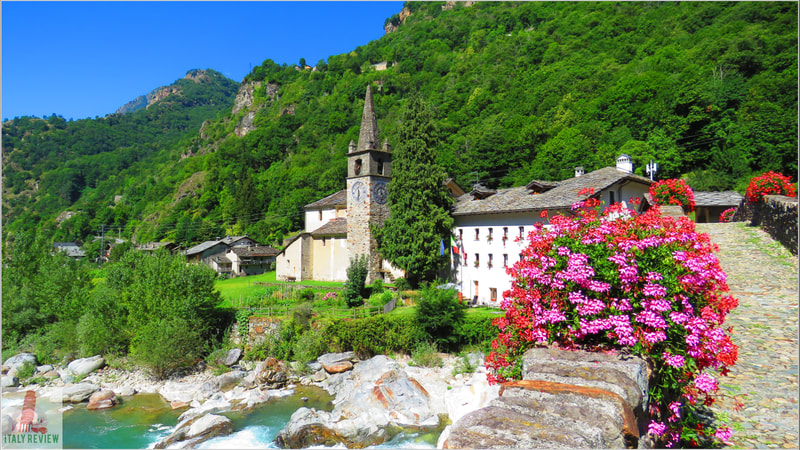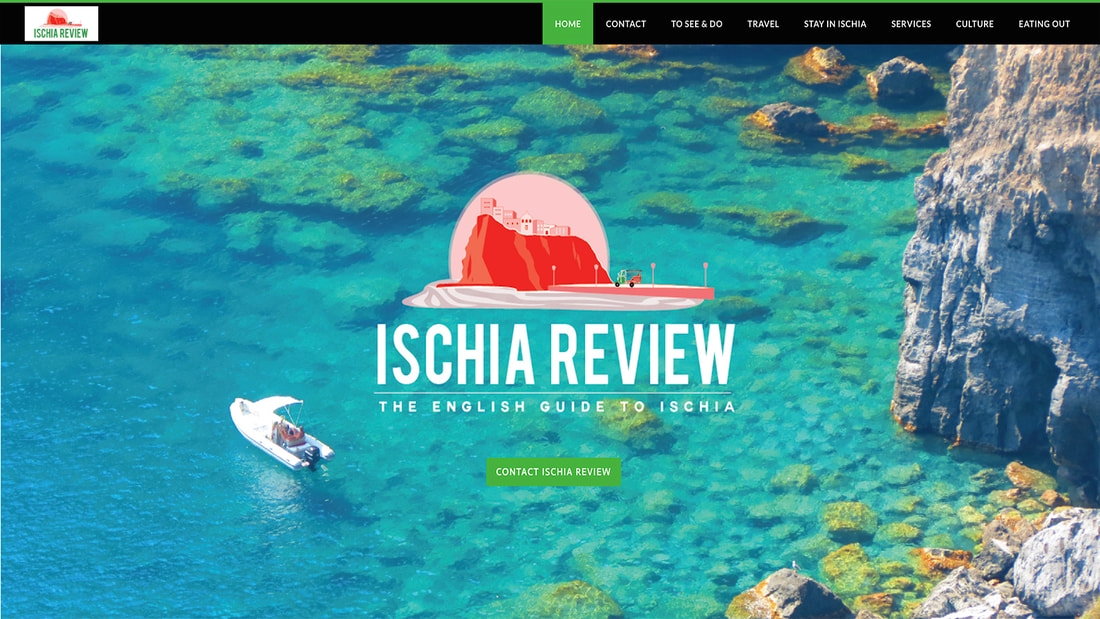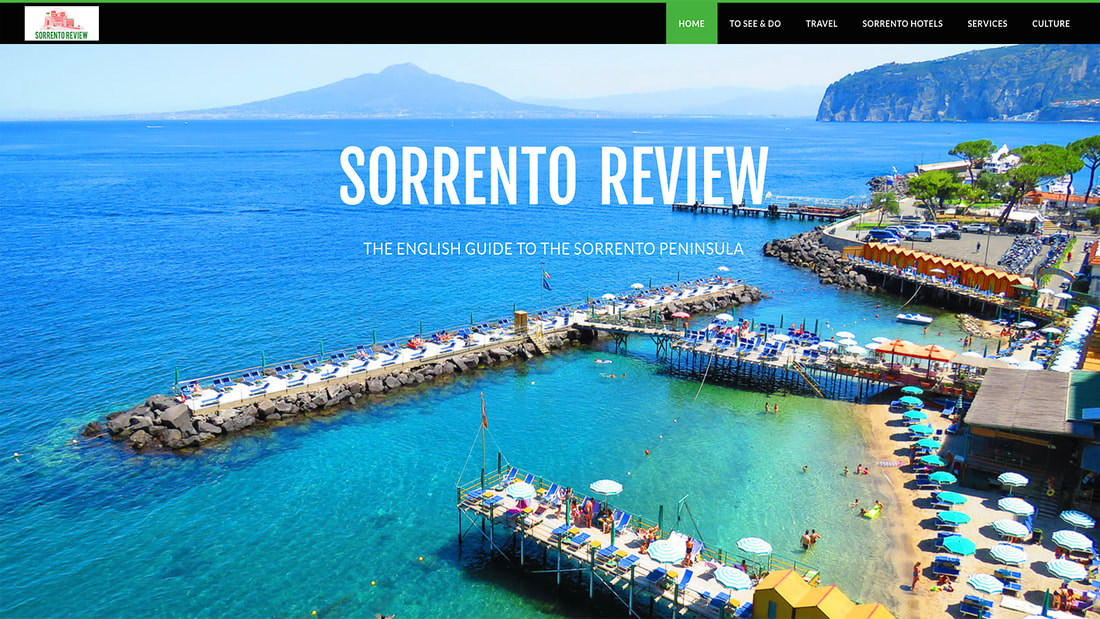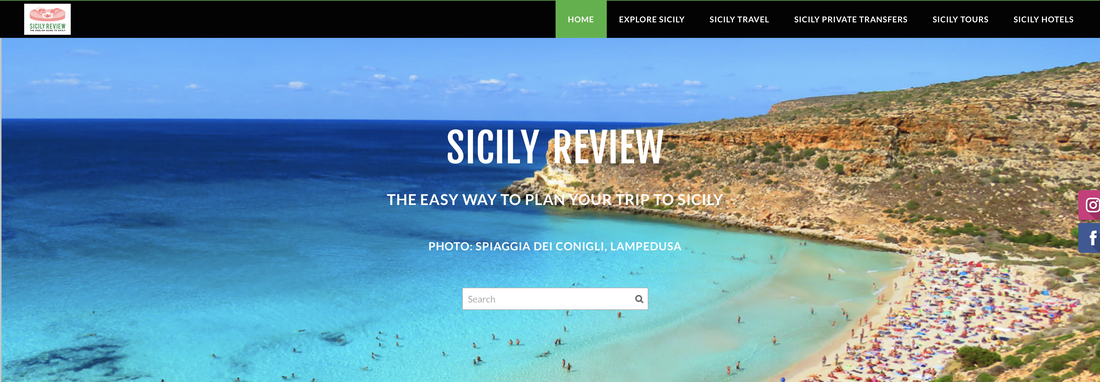Nature Reserves of Italy
|
By Dion Protani
|
Latest update: 6 January 2024
|
|
The most beautiful Nature Reserves of Italy come in a variety of different forms and landscapes. Perhaps the most beguiling of all of them is the Riserva Naturale dello Zingaro in Sicily; on one side is thick vegetation with hiking paths while on the other, the coastline consists of a dozen or so little bays concealing some of the best beaches in Italy.
Other nature reserves offer some serious hiking in the Alpine regions of the north or the chance to get close up to wildlife such as the deer that roam freely in Tuscany's Migliarino San Rossore Nature Park. |
Related links

